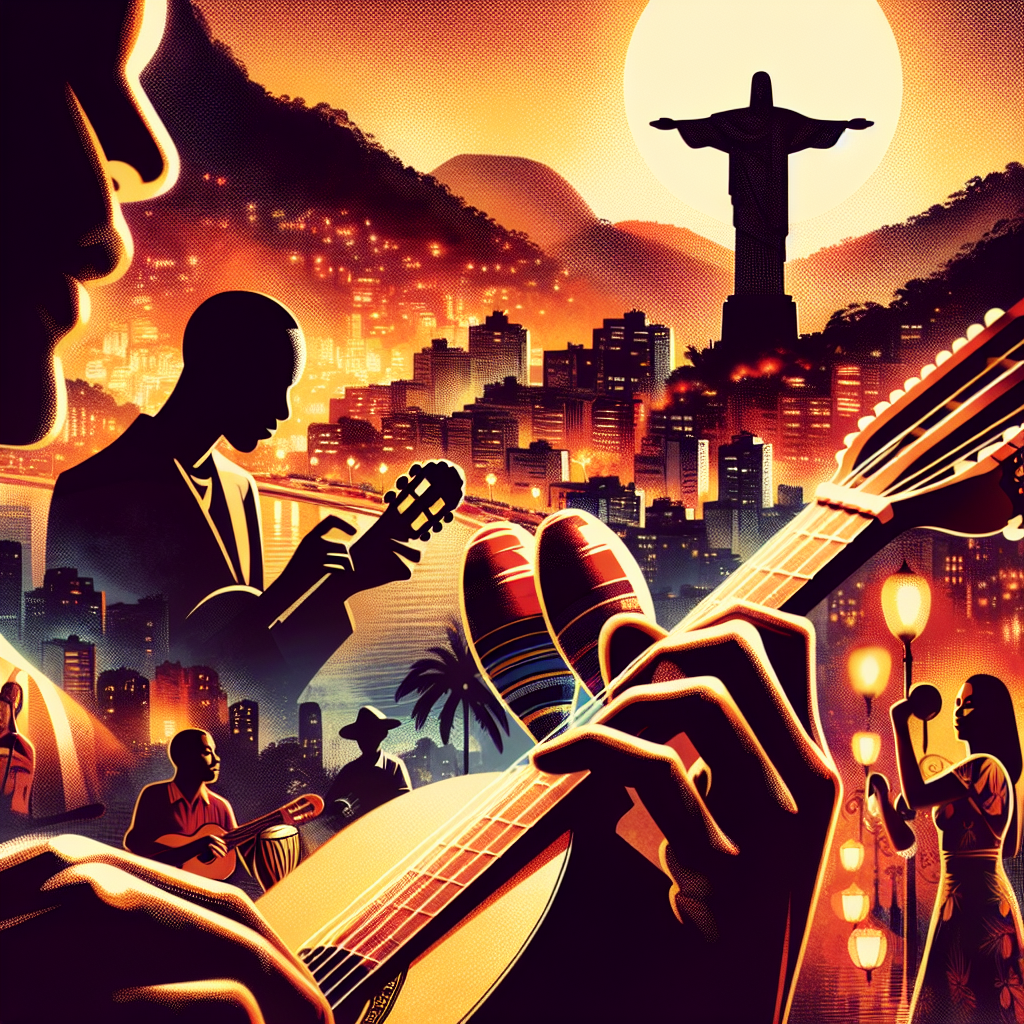Mariachi music is an emblematic representation of Mexico’s culture and heritage, embodying the country’s spirit and soul. This music genre is characterized by its unique blend of indigenous and Spanish influences that create a distinct sound recognized worldwide. Thus, it’s no surprise that mariachi music forms a vital part of almost every traditional Mexican celebration. In the heart of Mexico, there is a phrase, “without mariachi, there is no party,” that seamlessly reflects the crucial role mariachi music plays in Mexico’s cultural celebrations.
History of Mariachi Music
The originating history of mariachi music traces back to the 18th century in the western Mexican states of Jalisco, Michoacán, and Colima. It’s believed that the word ‘mariachi’ is derived from the French term ‘mariage,’ meaning marriage, as this music was primarily played at weddings. However, the indigenous Cocula community in Jalisco claims the term originated from their native language, describing the wood used to make the dance platform employed during performances.
In its nascent stages, mariachi music was primarily a village music genre. A band usually consisted of two or more players equipped with native stringed instruments like the guitar, vihuela (a guitar-like instrument), and guitarrón (a large acoustic bass). The music mainly included themes of love, betrayal, death, politics, humorous anecdotes, animals, and nature. Over the years, European influence led to the incorporation of other instruments like the harp, violin, and trumpet, adding a different flavor and depth to the music.
Mariachi Music Today
Today, mariachi music is recognized globally as a symbol of Mexico’s culture and traditions. Traditional mariachi bands are usually composed of two violins, two trumpets, the Spanish guitar, a vihuela, and a guitarrón. The music, often accompanied by expressive singing, is still performed at weddings, birthday parties, baptisms, and funerals. Celebrating national events, Mexican festivals, or even a Sunday afternoon gathering with friends and family is incomplete without the delightful tunes of mariachi.
Modern mariachi music has evolved significantly within the Mexican society and abroad. This music genre has influenced many pop and rock artists, crossing cultural and musical borders. Through the universal language of music, mariachi bands have also reinforced boundless cultural connections, becoming a symbol of Mexican identity worldwide.
The Traditional Attire
Mariachi music is not only about the sound; it’s also about the spectacle. The traditional mariachi attire, known as ‘charro,’ adds an extra flair to the performances. A charro suit typically contains silver botoneaduras (buttons) along the side of the pants, a bow tie, and a sombrero (hat). This style draws from Mexico’s cowboy or rancher heritage and adds to the overall grace and charm of a mariachi performance.
Conclusion
Mariachi music carries the heart and soul of Mexico within its lively rhythms, emotional lyrics, and colorful performances. This music genre reflects the country’s historical evolution, societal change, and cultural pride. As a result, mariachi music transcends boundaries and connects people around the globe through its compelling and captivating sounds.
FAQs
- What is the origin of the word ‘mariachi’?
There is some debate about the origin of the word. Some believe it comes from the French word ‘mariage,’ meaning marriage, because the music was often played at weddings. Others claim that it originates from the indigenous Cocula language, describing the wooden platform used for dance during performances.
- What are the core instruments used in Mariachi music?
Traditional mariachi bands usually comprise two violins, two trumpets, a Spanish guitar, a vihuela, and a guitarrón.
- What is the traditional attire of a mariachi band?
The costume, known as ‘charro,’ typically includes a tight suit with silver botoneaduras on the pants side, a bow tie, and a sombrero (hat).
- What are the common themes in mariachi music?
The music primarily encompasses themes of love, betrayal, death, politics, humorous anecdotes, animals, and nature.
- Is mariachi music popular only in Mexico?
Although mariachi music originated in Mexico, its influence has spread worldwide. Now, it’s performed and enjoyed in various parts of the globe, cutting across cultural barriers.




